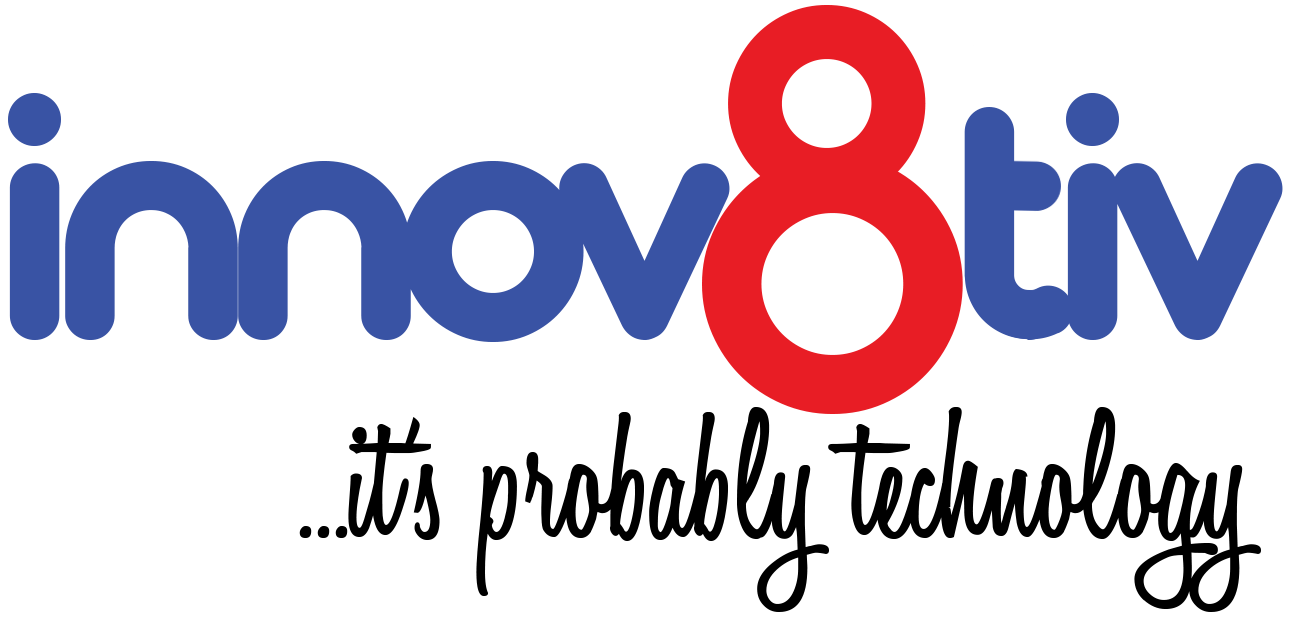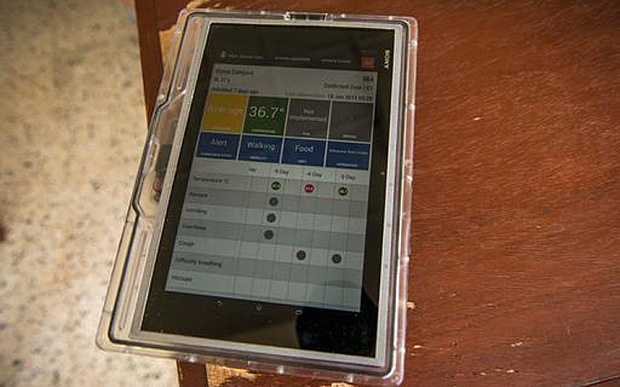Ebola-Proof Tablet developed by Techies collaborating with Google
At the height of the Ebola outbreak being experienced in some countries in West Africa, doctors had to shout out instructions to patients from across the fence in order to avoid getting contaminated. This method of treatment opened up rooms for errors and less efficiency in the doctors’ efforts.
Thus, Medecins Sans Frontieres called out to the tech community to develop an Ebola-proof tablet that could be used to record patients vitals. International tech volunteers made up of Pim de Witte of Whitespell and Daniel Cunningham at Hack4Good and later joined by Google listened to these calls. The techies worked on innovating currently existing tablet model to make it Ebola-proof.
The Sony Xperia tablet was the easiest choice, given Sony is best known for its waterproof devices. Google and collaborators did some innovation on the Sony Xperia tablet to come up with an Ebola-proof tablet with the following features:
Has a waterproof casing meeting the ‘industrial level’.
It can be submerged in a 0.5% chlorine solutions; strong enough to kill Ebola and lethal enough to scorch unprotected hands causing chemical burns.
Sharp edges on the tablet were removed making them curvy in order not to pierce through the users’ protective clothing.
Charges quickly and wirelessly by simply placing on the table.
Connects wirelessly to a miniature local network server; about the size of a postage stamp.
With the ‘Ebola-proof’ tablet, health workers can now safely monitor Ebola patient’s progress vitals; pulse, temperature and other vitals signs over time.
Ivan Gayton, a technology advisor at MSF, said, “Although we have just treated the largest cohort of Ebola patients in human history, we still know distressingly little about the progression of the disease. In the longer term, if we are able to collect more and better information about our patients, we will also learn more about the disease and how best to treat it.”
You can read more on this at BBC.com.




